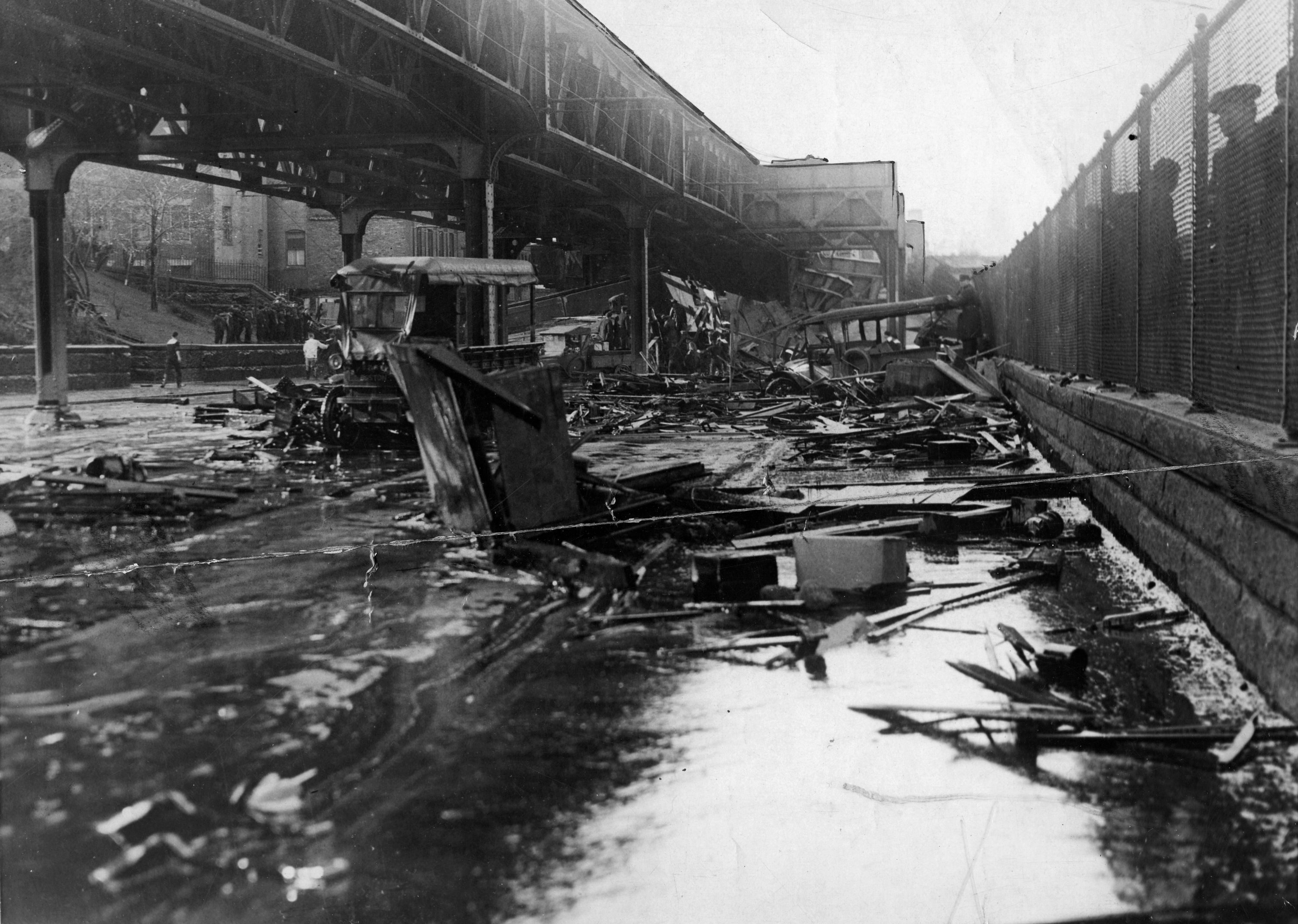

Someone had to be accountable for Boston’s monstrous molasses massacre. Today, over 100 years later, local legend says you can still whiff molasses on hot summer nights. And the molasses smell remained ingrained in Boston’s air for years. Medical workers established a field hospital to treat assorted injuries like broken bones, crushed organs, and obstructed airways. It took 4 days to recover nearly-unrecognizable bodies and decontaminate them so identification could be made. That was trying to move in the 2 to 3-foot deep pool of semi-liquid molasses that thickened as the day cooled and the goo dropped to the ambient temperature of Boston’s wintertime. A massive force sent metal debris flying as heavy-weight shrapnel with the gooey molasses mess radiating in a four-story-high wave knocking buildings off their foundations, smashing their wood frames to smithereens, toppling freight cars, and killing these innocent people:įirst responders were overcome with one main obstacle. Without warning, at 40 minutes past noon, the molasses tank ruptured at its bottom seams. The molasses sat until the Wednesday morning when the sun came up and began an unusual temperature gain for that time of year. The tank was at its highest-ever capacity with an overall weight of 26 million pounds. On January 12, 1919, the shaky tank took on a 1.3 million gallon load of Cuban molasses. Their voices fell on deaf management ears. They felt shudders and shakes when the tank was loaded and unloaded, and they sounded their concerns about the structural integrity of the hastily-built monstrosity. Employees who worked around the tank heard creaks and groans coming from within the molasses storage unit. People complained about more than the appearance and the odor. USIA’s response was not to fix the leaks but paint the tank brown to mask the molasses stains. Many nearby residents, mostly Italian immigrants, complained of the unsightly mess and unfavorable smell. Immediately, molasses leaks appeared at riveted seams where the metal panels overlapped.

Completion occurred in 1917 and it went into operational use with little testing applied. The tank’s construction began in 1915, but it suffered delays. The tank site was adjacent to a wharf where longshoremen could unload molasses tankers arriving from sugar cane plantations in the West Indies, pump the slurry mix to the receptacle, and then load it into rail cars when needed by USIA’s Purity distillery in Cambridge, west of downtown Boston. It’s now a public place called Langone Park. Through Purity Distilling, USIA owned a strategic location on Commercial Street at Boston’s north end waterfront. Molasses was a staple source for both, and Boston was an ideal spot for storing molasses. Alcohol was in huge demand, both recreational for making spirits and industrial for manufacturing explosives.

concluded World War I efforts two months earlier and was on the verge of Prohibition being enacted. In January 1919, Boston was a happening place. At the time, the Boston molasses tank was the city’s largest liquid storage facility. It was 50 feet tall (five stories), 90 feet in diameter, and had a circumference of 283 feet. The molasses tank (reservoir or container, if you will) belonged to the Purity Distillery Company owned by United States Industrial Alcohol (USIA). Sadly, the Boston Molasses Disaster, or Boston Molasses Flood, was perfectly preventable. Property damage was in the millions, and the legal outcome changed business practices across America. When the sugary flood stopped, 21 people were dead and over 150 suffered injuries. The sickly sweet wave was 40 feet high and moved at 35 miles per hour.

2.3 million gallons of liquid sludge, weighing over 12,000 tons, burst from the receptacle and sent a surge of brown death onto Boston’s streets. A massive molasses storage tank ruptured in downtown Boston, Massachusetts at 12:40 pm on Wednesday, January 15, 1919.


 0 kommentar(er)
0 kommentar(er)
